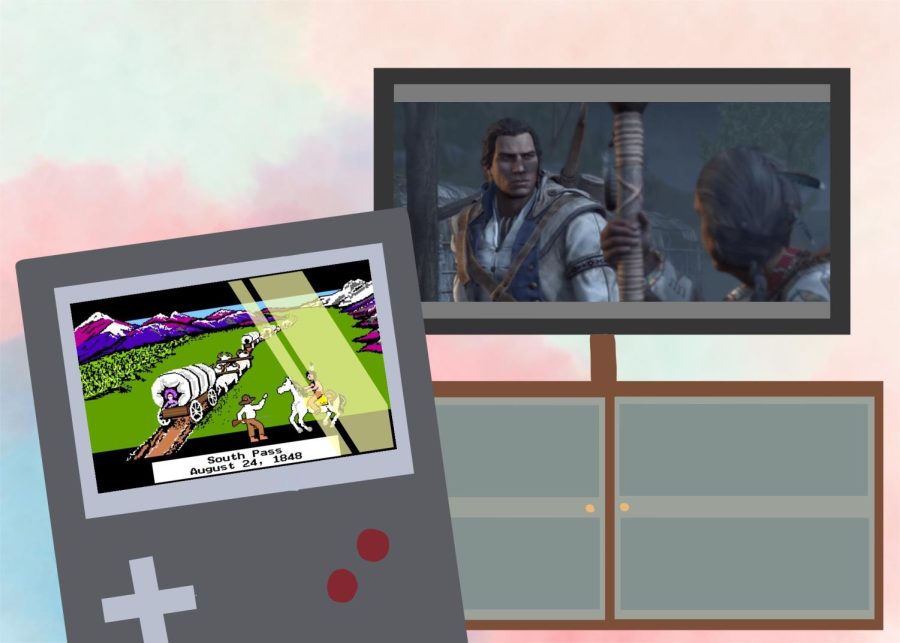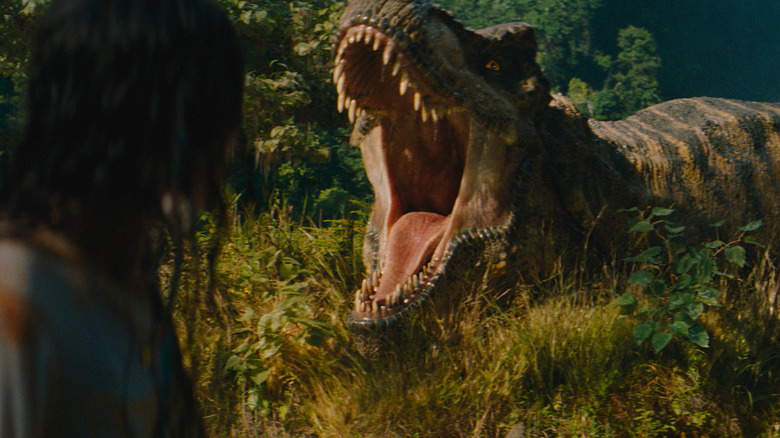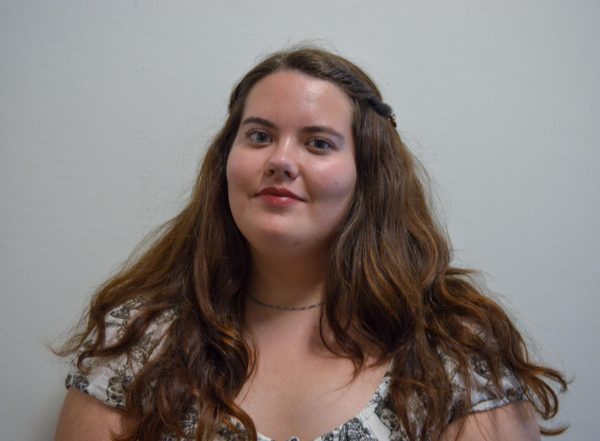Representation for those who identify as Native or Indigenous can be extremely hit or miss, and video games are not exempt from this.
Often, video games can portray harmful or dangerous stereotypes surrounding certain racial and ethnic groups. Many retro or classic video games have portrayed Native characters as “savages” and have disregarded the actual depth of many different Native cultures.
Arcades in the 1980s and 1990s were usually lined with video games such as “Laws of the West” or “Indian Attack,” which depicted the Native characters as enemies and the white characters as heros.
Even the cult-classic video game “Oregon Trail” reinforced the idea of the “savage” Natives fighting against settlers for land.
In “Mortal Kombat,” the character Nightwolf is identified as a Native historian and shaman. Nightwolf utilizes an ax and bow and arrow as his primary weapons, and is able to manipulate “spirit animal powers” to attack his enemies.
This portrayal of a Native character contributes to the “Mystic Warrior” which has been a Native archetype for years. This archetype trivializes and exploits many Native beliefs, and many games which employ this archetype lack the necessary research to truly honor the beliefs they are portraying.
The Cree nation spoke out against the portrayal of the real Chief Poundmaker in the popular strategy game “Civilization.”
“[Civilization] perpetuates the myth that First Nations had similar values that the colonial culture has, and that is one of conquering other peoples and accessing their land. That is totally not in concert with our traditional ways and world view,” current Poundmaker Cree Nation elder Milton Tootoosis said in an interview with CBC Radio’s Saskatoon Morning.
Some game-developing studios have demonstrated there is a correct way to depict Native cultures in a respectful and authentic way.
“Assassin’s Creed III” takes place in Revolutionary War-era America, and the game’s primary character is a half-Mohawk, half-English man named Connor. Noah Watts, an actor who is a member of the Blackfeet and Crow Nations, voices the character.
For the role, Watts learned how to pronounce Mohawk with Mohawk consultant Thomas Deer. The “Assassin’s Creed” development team hired Deer to ensure all of the details of Mohawk life were correctly portrayed.
The first-person horror game “The Raven and the Light” tells the story of the horrors of Canada’s residential schools.
Residential schools were notorious in both Canada and the United States for stripping Native children of their culture, and often abusing Native children. In July 2021, news of over 160 unmarked graves were discovered at a former residential school on the west coast of Canada.
“The Raven and the Light” takes fictional characters and a fictional story and places them against a backdrop of extremely real historical events. The game also brings to light the dark history of these residential schools, and forces both Canadian and American citizens to reflect on their countries’ histories.
The root of the issue of a lack of representation or misrepresentation lies in the lack of Native peoples working in game development studios. A survey conducted by the International Gaming Developers Association found that more than 83% of game developers identify as caucasian. Only 4% of respondents identified as Aboriginal or Indigenous.
Concordia University in Montreal, Canada strives to increase Native representation in game development studios through their “Skins Workshop” program. The program strives to teach Native youth the skills necessary for game development, while also learning how to preserve their cultures and values through the use of digital media such as video games. The program’s aim is to show Native students that they can be both the producers and consumers of media.
Native and Indigenous peoples are not the only groups who have been severely underrepresented and misrepresented within the video game industry. The video game industry has been white and male-dominated ever since its beginnings, and it still has a long way to go until all groups can feel represented in interactive media such as video games.










